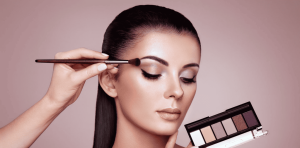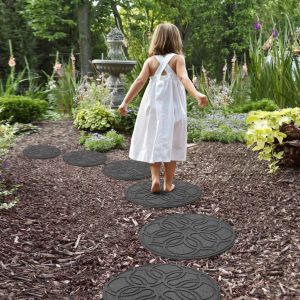
Colour is a fundamental aspect of fashion, playing a pivotal role in how an outfit is perceived. It has the power to elevate a look from basic to striking, making colour understanding a must for any
fashion enthusiast. Whether it’s expressing your Personality, flattering your figure, or keeping up with trends, mastering colour theory can make all the difference in creating a cohesive and stylish wardrobe for your real money blackjack session. Here’s why understanding colour is an indispensable skill for every fashionista:
1. Expressing Personality
Colours have the unique ability to evoke emotions and moods, which can be a powerful way to express who you are without saying a word. Fashionistas can use colour to craft outfits that communicate their personalities. For example, bold colours like red, orange, and bright yellow can signal confidence, enthusiasm, and outgoing nature. On the other hand, softer pastels like lavender, blush pink, or baby blue often reflect calmness, gentleness, and a more relaxed demeanour. Earthy tones such as browns, olive greens, and warm oranges can represent groundedness and an appreciation for nature, while monochromatic shades like black, white, or grey can signify elegance, sophistication, or minimalism. By thoughtfully choosing colours that reflect your mood or Personality, you can curate a wardrobe that feels uniquely “you.”
2. Creating Harmony Through Color Combinations
A crucial part of fashion is knowing how to harmonize colours to create a balanced and visually appealing look. This is where colour theory comes into play. Learning the colour wheel allows you to mix and match colours that complement each other, adding depth and interest to your outfits. Complementary colours (those that sit opposite each other on the colour wheel, such as blue and orange or purple and yellow) create a dynamic, high-contrast look that makes an outfit pop. For those who prefer a more understated or cohesive style, analogous colours (colours next to each other on the colour wheel, like green, blue, and teal) can create a smooth, harmonious appearance. Mastering the art of combining colours allows fashionistas to step out with confidence, knowing their outfit is well put-together and effortlessly stylish.
3. Flattering Your Figure
Understanding how specific colours interact with your body type can be a game-changer when it comes to dressing in a way that makes you feel your best. Darker colours like black, navy, or deep charcoal are renowned for their slimming effects, helping to create a sleek, streamlined silhouette. Conversely, lighter colours like whites, pastels, and soft beige tones can add volume and help accentuate specific areas of your body. For instance, wearing a light-coloured blouse and dark-coloured pants can draw attention to your upper half while creating a slimming effect on your lower half, click here for more info. Experimenting with different colour schemes can help you discover the shades that make you feel confident and comfortable in your skin.
4. Adapting to the Seasons
Fashion and seasonal changes go hand in hand, and colour plays a significant role in transitioning your wardrobe to reflect the time of year. Bright, airy colours like sunny yellows, coral pinks, and sky blues are perfect for spring and summer, evoking a sense of warmth and energy that aligns with the longer, sunnier days. When fall and winter come around, more prosperous, deeper hues like burgundy, emerald, mustard yellow, and chocolate brown take centre stage, echoing the muted tones of the season. Seasonal colour palettes not only keep your outfits appropriate for the weather but also connect your look to nature’s evolving hues, keeping your style current and relevant.
5. Reflecting Current Trends
Fashion trends are often anchored in specific colour palettes, and staying attuned to these trends can help keep your wardrobe fresh and up-to-date. Whether it’s the Pantone Color of the Year or a colour dominating the runways, keeping an eye on trending shades allows fashionistas to incorporate modern and fashion-forward elements into their outfits. For example, if a particular season is dominated by emerald green or bright fuchsia, adding touches of these colours to your accessories or key wardrobe pieces can instantly elevate your look. Incorporating trend-driven colours doesn’t mean you have to overhaul your wardrobe, but a few strategic additions can keep you looking fashion-forward.
Conclusion
Fashion is much more than the cut and fit of your clothes—colour plays an integral role in defining your style, enhancing your appearance, and reflecting your mood or Personality. By learning about colour theory, experimenting with different hues, and considering seasonal shifts, you can elevate your fashion game. Whether it’s creating a harmonious outfit, expressing yourself, or staying in line with the latest trends, understanding how to use colour is a valuable tool for any fashionista. Dive into the world of colours and unlock your wardrobe’s full potential because, in the world of fashion, colour is everything.


